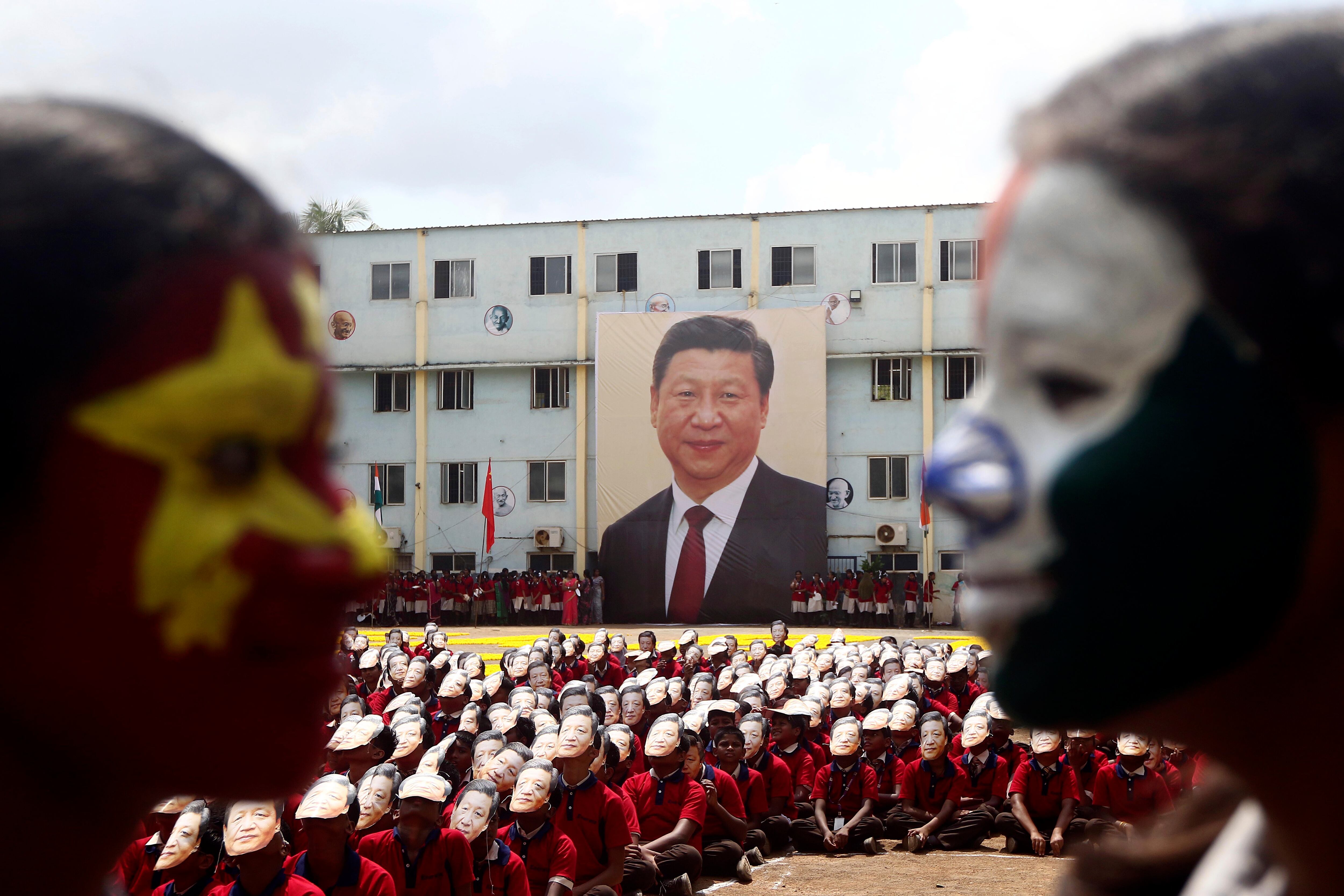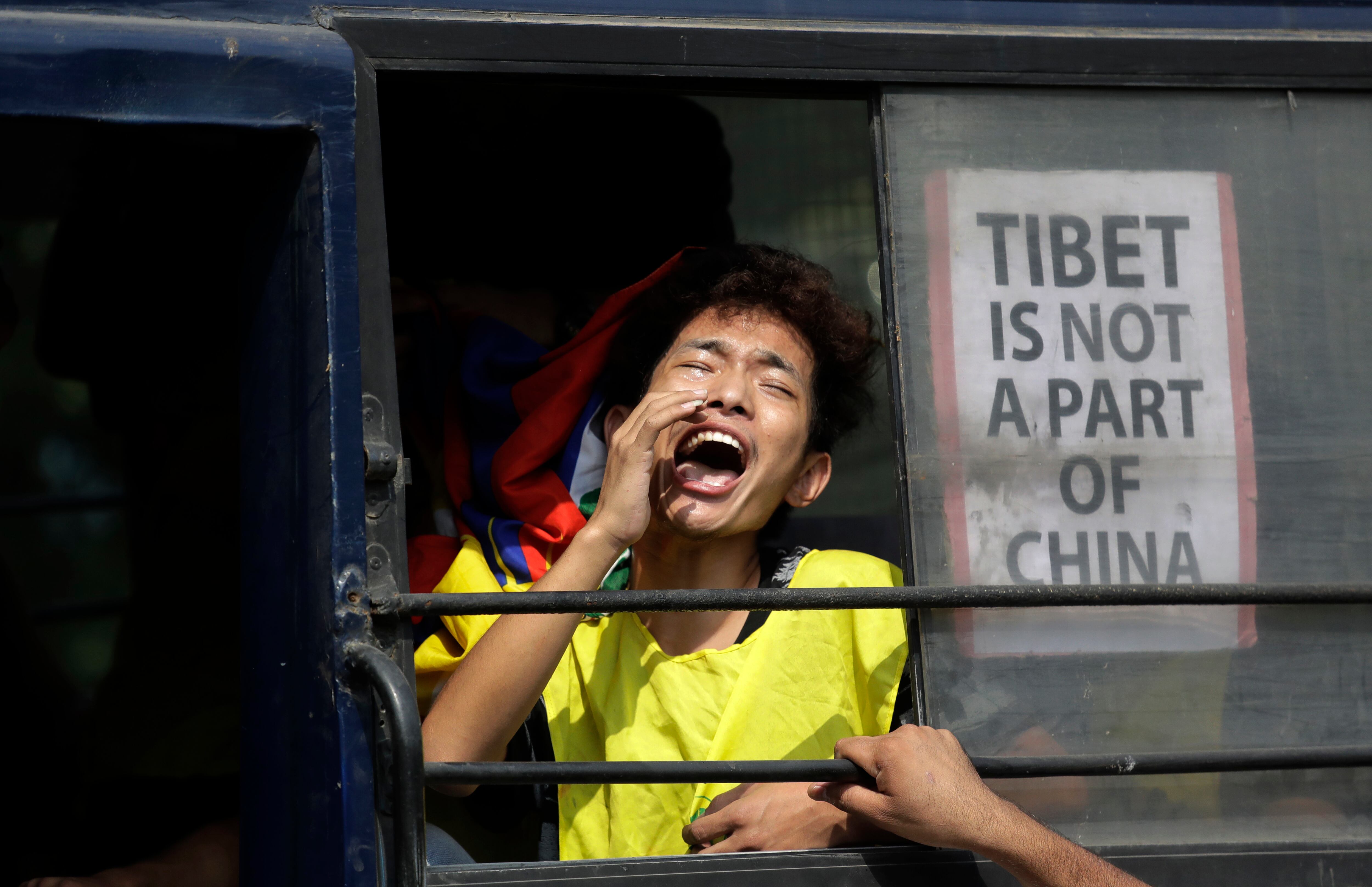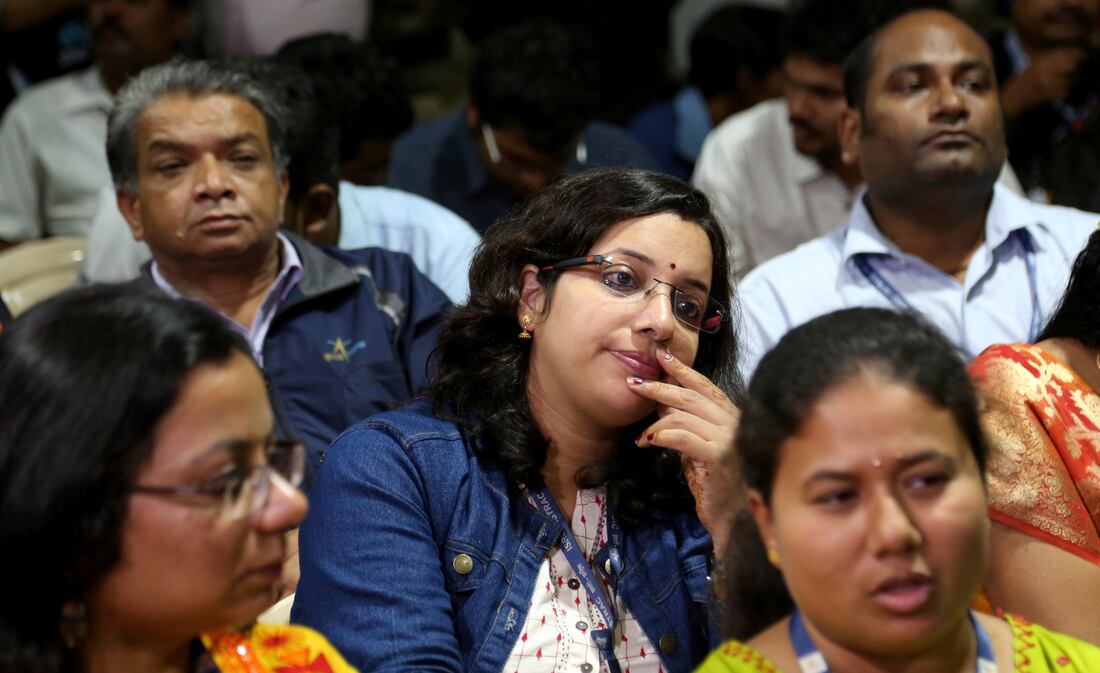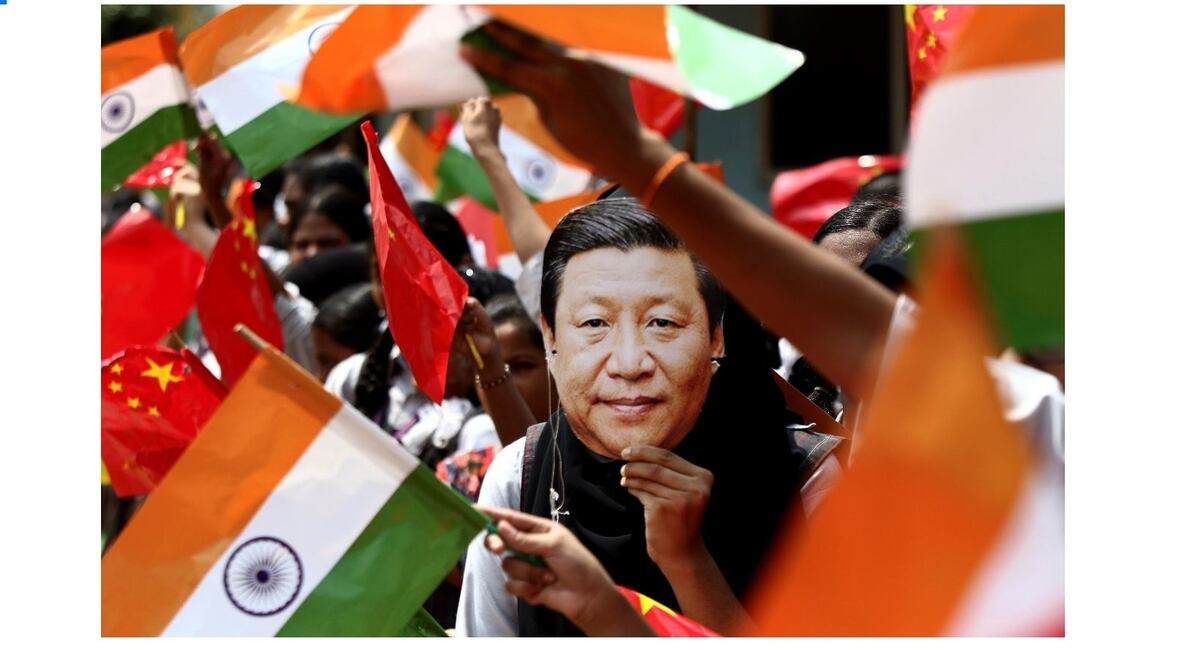NEW DELHI — Chinese President Xi Jinping went to India to meet with Prime Minister Narendra Modi on Friday, just weeks after Beijing supported India’s rival Pakistan in raising the issue of New Delhi’s recent actions in disputed Kashmir at the U.N. General Assembly meeting.
It was just the latest slight to India-China relations, which both leaders project as solid but which are constantly at risk because of the ongoing rivalry for dominance in Asia. Here's a look at what the upcoming meeting signals:
Q: WHY ARE THEY MEETING?
A: The two leaders will be touring a temple town, Mamallapuram, in southern India at the tip of the Bay of Bengal that is popular with Chinese tourists before sitting down for their first one-on-one since meeting at a resort in Wuhan, China, in April 2018. On Saturday, Modi and Xi will hold talks on regional development, according to India's foreign ministry.
In Wuhan, the two leaders agreed to meet regularly for "informal summits" to keep tensions from escalating to a point of forcing their countries to detach from regional commitments.
India wants to expand its ties to global powers, particularly China, its neighbor and largest trading partner. China doesn't want India's proximity to the United States to enable it to become an instrument to contain China.
"International relations are at its most interesting when there is no clear supremacy or hegemony being established," said Amitabh Mattoo, a professor of politics at Jawaharlal Nehru University in New Delhi.
“I think both Prime Minister Modi and President Xi are entering into this conversation now at a time when it’s not just to confirm a certain relationship, it’s still to feel around and see what can be done,” he said.

Q: WHAT’S THE RIVALRY ABOUT?
A: India is wary of China's Belt and Road Initiative, Xi's signature policy to expand China's economic influence by connecting more countries to the Far East by road and rail, along with pipelines and optical fiber cable networks.
India is concerned that China's policy is part of an effort to build a China-centric world order in which all roads lead to Beijing and India's influence in its own backyard of South Asia is eroded.
India has tried to counter China's billion-dollar investments and high-interest loans to Sri Lanka, Bangladesh, the Maldives, Bhutan and Nepal, which Indian officials have referred to as debt traps, by upping its foreign aid to those countries.
Q: WHAT IS THE SOURCE OF FRICTIONS?
A: Frictions date from India's years as a British colony over occupation of land China considered a part of Tibet, the Himalayan region Beijing claims as its own territory.
In all, China claims some 90,000 square kilometers (35,000 square miles) of territory in India's northeast, including the Indian state of Arunachal Pradesh with its traditionally Buddhist population. India says China occupies 38,000 square kilometers (15,000 square miles) of its territory in the Aksai Chin Plateau in the western Himalayas, including part of the Ladakh region, which New Delhi recently made into a federal territory separate from the rest of Indian-controlled Kashmir.
The countries fought a brief but bloody border war in 1962 over their disputed frontier and their armed forces engaged in a 10-week standoff in the neighboring state of Bhutan in 2017. China then began work on a road that New Delhi saw as endangering its control over a spit of land known as the "Chicken's Neck" that connects the rest of India with the eastern district of Assam. While the sides say they're proud to have maintained overall calm along the border, 21 rounds of talks between them have failed to make headway toward a final resolution.
China routinely objects to visits by Indian leaders to Arunachal Pradesh as well as by the Dalai Lama — Tibet's exiled spiritual leader who has lived in India since fleeing there amid an abortive uprising against Chinese rule in 1959.

Q: HOW DOES PAKISTAN FIGURE INTO IT?
A: The other main point of contention involves Pakistan, India's nuclear-armed arch rival and China's close "all-weather" ally. Pakistan is seeking Chinese support in opening a U.N. inquiry into India's revocation of Kashmir's statehood, splitting it into two federal territories: Jammu and Kashmir, and Ladakh, something New Delhi says was made necessary by Pakistani political exploitation and lagging regional economic development.
India stripped Kashmir's semi-autonomous status in August, deploying thousands of troops and cutting off internet connectivity to prevent protests. Thousands of people, including mainstream political leaders and young people, have been detained.
The Himalayan region is claimed by both Pakistan and India and split between them.
At the U.N., China said India should not act unilaterally on Kashmir, a portion of which China also controls, and where there have been occasional border skirmishes between India and China.
Pakistani Prime Minister Imran Khan met with Chinese Premier Li Keqiang and President Xi Jinping on a visit to Beijing this week, just days ahead of Xi's trip to India. Khan reportedly discussed reviving major Chinese-backed projects such as hydropower, oil refining and steel production that are part of the $60 billion China-Pakistan Economic Corridor.
Set up in 2015, the 3,000-kilometer (1,900-mile) corridor is a vital component of Xi’s Belt and Road Initiative.
RELATED

Bodeen reported from Beijing.




